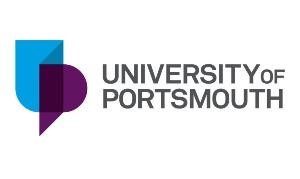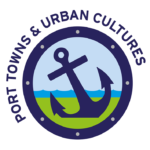Where: University of Portsmouth, Studio 1 Theatre, White Swan Building, White Swan Road, Portsmouth, PO1 2DT
Free event: All welcome
Free refreshments
Book via Eventbrite: https://www.eventbrite.co.uk/e/96692191949
Port Towns and Urban Cultures and the School of Art, Design and Performance and are delighted to co-sponsor a free public talk by Assistant Professor Nicole Eaton (Boston College, USA).
‘A Port City Between Hitler and Stalin: Borderland Geographies, Baltic Identities, and Siege Mentalities in Königsberg–Kaliningrad’
Königsberg–Kaliningrad is unique in the history of the twentieth century as the only city to be claimed by both Hitler and Stalin not as a foreign occupied territory, but as part of their own patrimony. The city, situated today between Poland and Lithuania on the Baltic Sea, became an exclave three times over the course of the twentieth century: first, as the easternmost territory in Germany, separated from the mainland of the Reich after the First World War by the creation of the Polish Corridor; then as the westernmost territory of the Soviet Union, a part of the Russian Socialist Federative Soviet Republic (RSFSR), separated from the rest of Russia by the Soviet Baltic republics; and finally, today, as an exclave of the Russian Federation, surrounded by member states of the European Union, and a site for performative displays of dominance in the Baltics between Russia and NATO.
Throughout the city’s history Königsberg built its identity as a port city, facilitating trade relations through its Baltic seaport between the cities of northern Europe and the Eastern European interior. In this talk, Dr Eaton will explore how, in the twentieth century, German Königsberg and Soviet and Russian Kaliningrad became a place where economic isolation, shifting borders, and violent wartime encounters perennially challenged the city’s identity as a global, cosmopolitan port city, as fears of contamination and the threat of encroachment by hostile neighbours fostered radical politics and the exclusion of internal enemies. I also show how, amidst these siege mentalities, the city’s identity as a seaport persisted, as did its orientation toward facilitating exchange with the larger world.













Comments are closed.